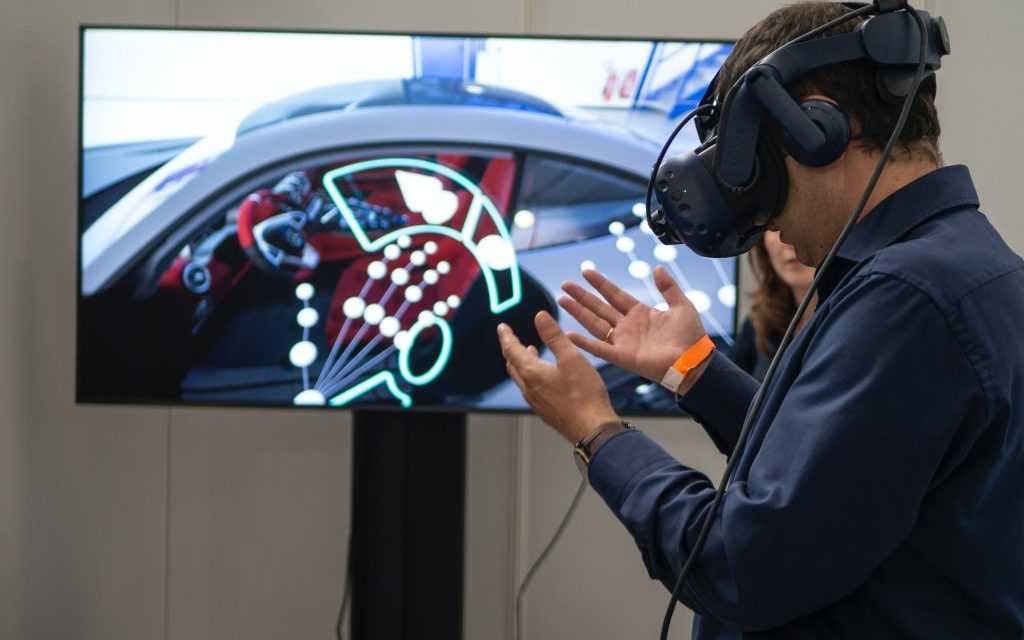Physics education has long been driven by a passion for making the subject engaging and memorable for students. However, traditional teaching methods such as lectures and textbooks often fail to capture students’ attention and ignite their enthusiasm. This is where the transformative power of gamification comes into play – a groundbreaking approach that seamlessly blends educational content with the captivating elements of game design.
What is Gamification, and How Does It Work?
Gamification involves the integration of game mechanics, aesthetics, and principles into non-game contexts to enhance engagement, motivation, and learning. In the realm of education, gamification can create an immersive and interactive learning experience by incorporating elements such as points, badges, leaderboards, and progress tracking. By tapping into the innate human desire for achievement, competition, and exploration, gamification has the potential to turn even the most complex physics concepts into engaging and rewarding challenges.
A Transformative Success Story in Gamifying Physics Education
One remarkable example illustrates the power of gamification in physics education. A student who struggled to grasp the intricacies of projectile motion, despite educators’ best efforts to explain the theory through traditional methods, found success through a game-based approach. An interactive simulation mimicking the mechanics of a catapult game was created, tasking students with adjusting the angle and velocity of the catapult to hit targets at various distances, all while grappling with the underlying physics principles. The student who previously struggled was able to internalize the concepts effortlessly through this gamified experience, and their performance on subsequent exams soared.
Why Does Gamification Work?
Gamification taps into the innate human desire for play, achievement, and progress. When engaged in gameplay, individuals experience a sense of accomplishment as they overcome challenges and earn rewards. By seamlessly integrating these game elements into educational contexts, students can experience the same sense of motivation and satisfaction as they master complex concepts and progress through increasingly challenging levels.
The Transformative Benefits of Gamification in Physics Education
Gamification offers a multitude of transformative benefits in physics education. Firstly, it promotes active learning and participation, fostering better engagement and retention of knowledge. Secondly, it creates a safe and supportive environment for failure, where students can learn from their mistakes without fear of negative consequences. Thirdly, it encourages critical and creative thinking as students grapple with problem-solving challenges and develop strategies to overcome obstacles.
Furthermore, gamification has the potential to cater to diverse learning styles and preferences. While some students may thrive in traditional classroom settings, others may find greater motivation and engagement through gamified experiences. By offering a variety of gamified learning resources, educators can ensure that every student has the opportunity to learn in a way that resonates with their unique strengths and preferences.
In conclusion, gamification represents a revolutionary paradigm shift in physics education. By seamlessly blending captivating game elements with rigorous educational content, immersive and engaging learning experiences can be created, igniting students’ passion for physics. From online quizzes to immersive simulations, the possibilities are endless. Embracing the power of gamification can unlock a world of possibilities for students in the field of physics education.

